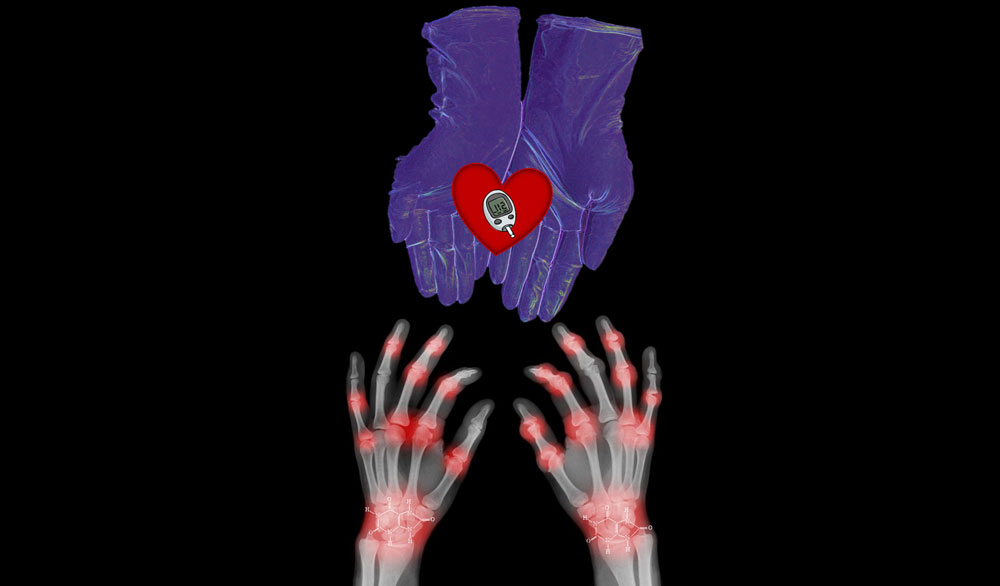
| Submitted by: | Anuja Tripathi |
| Department: | Chemical & Materials Engineering |
| Faculty: | Engineering |
Uric acid (UA) is an important biomarker of human health, given that it is implicated in a range of medical conditions such as gout, arthritis, kidney stones, and heart diseases. Gout, for example, is a prevalent and painful disease caused by uric acid buildup in joints. At high concentrations, UA forms crystals, which deposit in the affected joints and cause tissue damage. Most current clinical methods are based on the analysis of blood samples, as the UA concentration in blood is relatively high: 155−357μM in adult females and 208−428μM in adult males. However, less invasive testing such as the analysis of sweat would reduce the need for collection of blood samples. As the UA concentration in sweat is much lower than in blood in the range of 18−35μM, which requires quantification methods with high sensitivity and low operating range. In-house developed nanostructured materials with high surface area led to high catalytic active sites, and therefore high surface energy. Biosensor incorporated with these nanomaterials demonstrated a wide detection range and a limit of detection(3.3μM) suitable for measurements of UA concentration in sweat.
